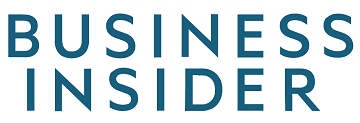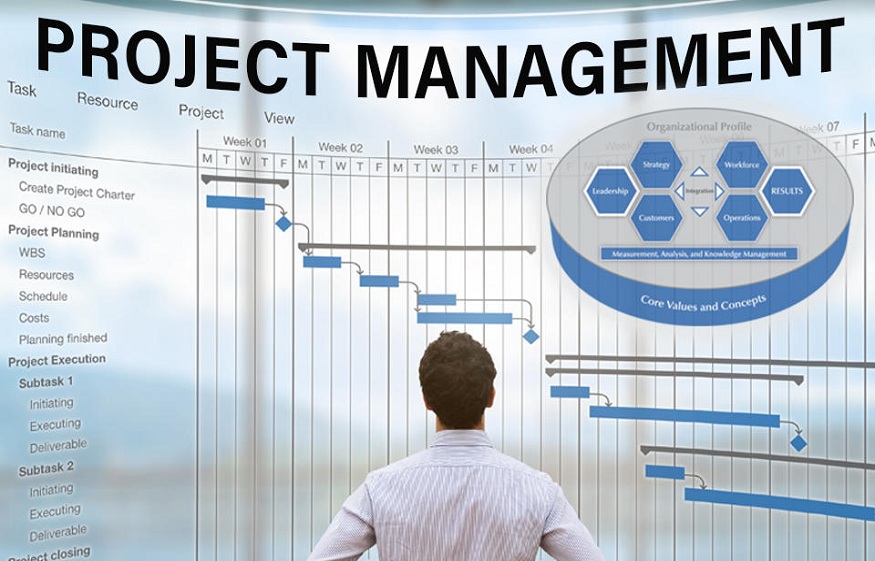Introduction
Welcome to the ultimate guide on Agile Programme Management Training, also known as AgilePgM Training. In today’s fast-paced business world, organizations are constantly seeking ways to adapt to change, respond to customer needs swiftly, and deliver successful programmes on time and within budget. Agile programme management has emerged as a powerful approach to meet these challenges. In this article, we will delve deep into the world of Agile Programme Management Training, exploring its concepts, benefits, and implementation strategies. Whether you’re a programme manager, project manager, team leader, or aspiring AgilePgM practitioner, this guide is your key to mastering the art of Agile project management.
What is Agile Programme Management Training / AgilePgM Training?
Agile Programme Management Training, or AgilePgM Training, is an advanced programme management methodology designed to address the complexities and uncertainties of modern programmes. It focuses on fostering collaboration, adaptability, and continuous improvement throughout the project lifecycle. AgilePgM Training equips programme managers and teams with the skills and knowledge to handle changing requirements, enhance project visibility, and deliver incremental value to stakeholders.
The Importance of Agile Programme Management Training / AgilePgM Training
AgilePgM Training plays a pivotal role in today’s dynamic business landscape. It offers several key advantages that traditional project management approaches often struggle to deliver:
- Flexibility and Adaptability: AgilePgM Training enables teams to adapt quickly to changing project requirements and customer needs. It promotes a flexible mindset that welcomes change as a source of opportunity rather than a hindrance.
- Enhanced Stakeholder Engagement:AgilePgM Training emphasises continuous collaboration with stakeholders, ensuring their requirements and feedback are incorporated into project deliverables effectively.
- Faster Time-to-Market: By breaking projects into manageable iterations, AgilePgM Training allows teams to deliver valuable features incrementally, reducing time-to-market significantly.
- Improved Project Visibility:AgilePgM Training provides real-time visibility into project progress, risks, and impediments, enabling timely corrective actions and better decision-making.
- Higher Customer Satisfaction: With its customer-centric focus, AgilePgM Training helps deliver products and services that better align with customer expectations, resulting in increased satisfaction.
Key Principles of Agile Programme Management Training / AgilePgM Training
AgilePgM Training is built on a set of foundational principles that guide its implementation and success:
1. Iterative and Incremental Development
AgilePgM Training embraces iterative and incremental development, breaking projects into smaller chunks or sprints. Each iteration delivers a working part of the solution, adding incremental value to the final product.
2. Continuous Feedback
Continuous feedback is a cornerstone of AgilePgM Training. It encourages regular interactions with stakeholders, ensuring that their feedback is integrated into the ongoing development process.
3. Empowered and Self-Organizing Teams
AgilePgM Training relies on self-organizing teams that take ownership of their work. Empowered teams are more motivated, creative, and accountable for project outcomes.
4. Prioritized Backlog
The product backlog is a prioritized list of features and tasks that drive project development. AgilePgM Training ensures that the most valuable items are given higher priority for implementation.
5. Embracing Change
Unlike traditional project management, AgilePgM Training embraces change as a natural and essential aspect of projects. It adapts to evolving requirements and priorities throughout the project lifecycle.
Implementing Agile Programme Management Training / AgilePgM Training
Successfully implementing AgilePgM Training requires a well-defined strategy and the following essential steps:
Step 1: Organisational Readiness Assessment
Before embarking on an AgilePgM journey, an organisation must assess its readiness for change. This involves evaluating the existing project management processes, team capabilities, and leadership support.
Step 2: AgilePgM Training Framework Selection
AgilePgM Training offers guidance on several techniques, such as MoSCoW, Timeboxing and Self Organisation. Organisations must choose the framework that aligns best with their project needs and organisational culture.
Step 3: Training and Skill Development
AgilePgM Training success relies on well-trained teams and competent project managers. Training programs should cover Agile principles, frameworks, and practical application.
Step 4: AgilePgM Training Implementation
The implementation phase involves piloting AgilePgM practices on a small-scale project. It allows teams to gain hands-on experience and identify potential challenges.
Step 5: Scaling AgilePgM Training
After successful pilot projects, organisations can scale AgilePgM Training across the entire project portfolio. This step involves establishing best practices, promoting knowledge sharing, and encouraging a culture of continuous improvement.
FAQs about Agile Programme Management Training / AgilePgM Training
Q: What are the primary roles in Agile Programme Management Training?
In AgilePgM Training, eight key roles include:
- Business Programme Owner
- Business Change Owners
- Programme Manager
- Programme Change Architect
- Programme Technical Architect
- Project Teams
- Stakeholder Engagement Coordinator
- Support roles (Specialists, Change Agents, Programme Support Office)
Q: Can AgilePgM Training be used in non-software development projects?
A: Absolutely! While Agile was initially adopted in software development, AgilePgM Training’s principles and frameworks can be applied to various industries and project types.
Q: How does AgilePgM Training handle project risks?
A: AgilePgM Training identifies risks early on and incorporates risk management into the iterative development process. Risks are continuously monitored and addressed during regular sprint reviews.
Q: Is AgilePgM Training suitable for large-scale programmes?
A: Yes, AgilePgM Training can be scaled for large and complex programmes.
Q: What are the benefits of AgilePgM Training certifications?
A: AgilePgM Training certifications validate a professional’s understanding and expertise in Agile programme management, enhancing career opportunities and employability.
Q: Can AgilePgM Training be combined with traditional project management methods?
A: Absolutely! Many organisations adopt hybrid approaches that blend AgilePgM Training’s flexibility with the structure of traditional project management.
Conclusion
Agile Programme Management Training, or AgilePgM Training, is a transformative programme management methodology that empowers organisations to thrive in an ever-changing business landscape. By embracing Agile principles, iterative development, and stakeholder collaboration, teams can deliver valuable programmes with greater efficiency and customer satisfaction. As you embark on your AgilePgM journey, remember that continuous learning and improvement are at the core of Agile success. Embrace change, foster collaboration, and master the art of Agile programme management to achieve remarkable results in your programmes.



